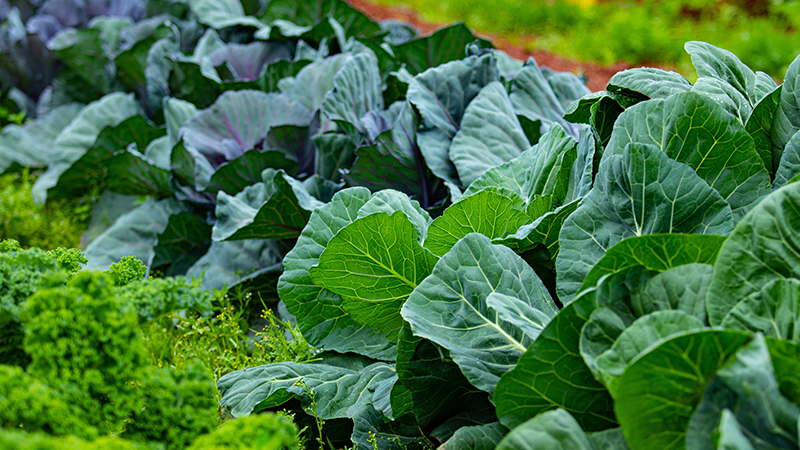New Treatments For Strawberry Diseases

Researchers at North Carolina State University (NCSU) will use funding from a new USDA grant to help southern strawberry growers battle some common plant diseases.
Anthracnose and phytophthora pathogens cause nearly $6 million in strawberry crop losses every year. This past year, growers had particular problems with new plants that were already infected with the disease before the plants arrived at the nurseries. Both pathogens can be present on a plant without showing symptoms for several days. As rain or water from daily watering splashes from the plants, pathogens can spread to uninfected plants.
NCSU plant pathologist Frank Louws recently received a $169,851 USDA Southern Regional IPM grant to develop an integrated pest management program for strawberry growers that focuses on preventing plants from being infected in the first place. For plants already infected, Louws and his colleagues are working on treatment options.
Management Strategies
Anthracnose infects the plant itself, so Louws and Virginia Tech plant pathologist Charles Johnson are developing real-time diagnostic tests that will detect the pathogen at low levels. Anthracnose can be treated with a fungicide “root dip” before the plant goes into the field. The pathogen spreads quickly if left untreated before planting, causing either crown rot or fruit rot. Both diseases can destroy a strawberry crop.
Phytophthora, on the other hand, is a soil-borne pathogen and is currently managed with a fungicide called Ridomil Gold (mefenoxam, Syngenta Crop Protection). However, growers have noticed early signs of phytophthora resistance to Ridomil Gold, so Louws’ team will study the pathogen itself to learn more about its biology. Understanding how the pathogen develops and reproduces may help researchers figure out what can control it.
“It’s about knowing your enemy,” says Louws. “The more we learn about the biology of the pathogen and how it interacts with the environment and other plants, the better we’ll be able to manage the disease.”
With the help of NCSU plant breeder Jeremy Pattison, the team is also hoping to breed new strawberry plants that are resistant to the disease. Two of the most popular plant varieties, Chandler and Camarosa, are very susceptible to some of the major fungal pathogens, including anthracnose and phytophthora.
The Regional IPM grant program funds multi-state research and extension projects in each of four regions of the U.S. The program is one of USDA National Institute for Food and Agriculture’s grant programs.
While the research will take place in North Carolina and Virginia, Louws is confident that resulting recommendations will be useful to strawberry growers in several other states. “We feel that this project will have a wide regional impact,” Louws says. “Whatever we recommend will be used in the Southeast and throughout the Eastern seaboard.”









